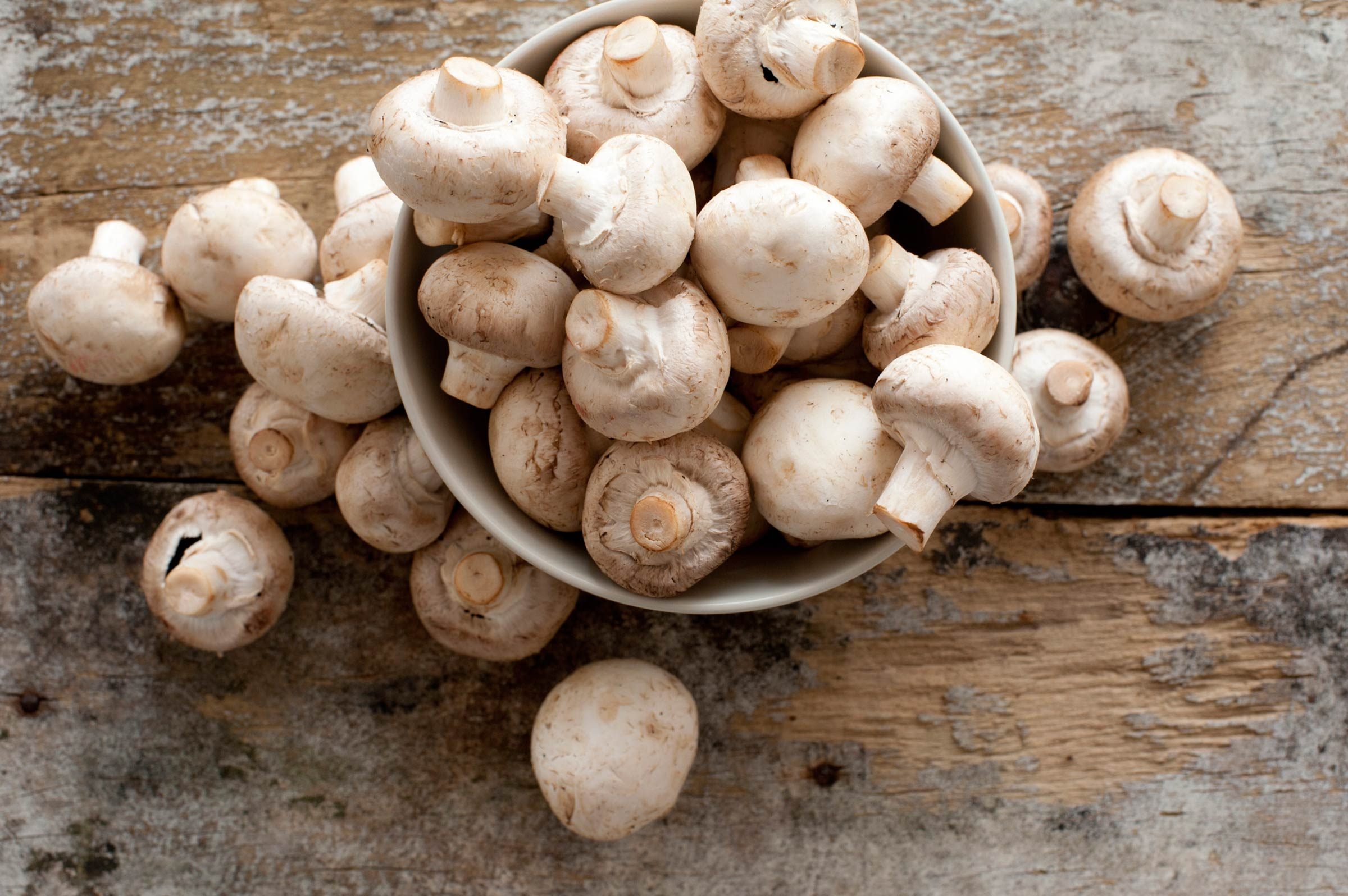
Mushrooms
If you prefer your mushrooms sauteed, you’re on the right track. “When mushrooms are cooked, they release nutrients, including protein, B vitamins, potassium, as well as a wide range of other nutrients not commonly found in other foods,” says Rene Ficek, RD, lead nutrition expert at Seattle Sutton’s Healthy Eating. “In Asian traditions, mushrooms are regarded as both food and medicine because they can enhance the immune system.”
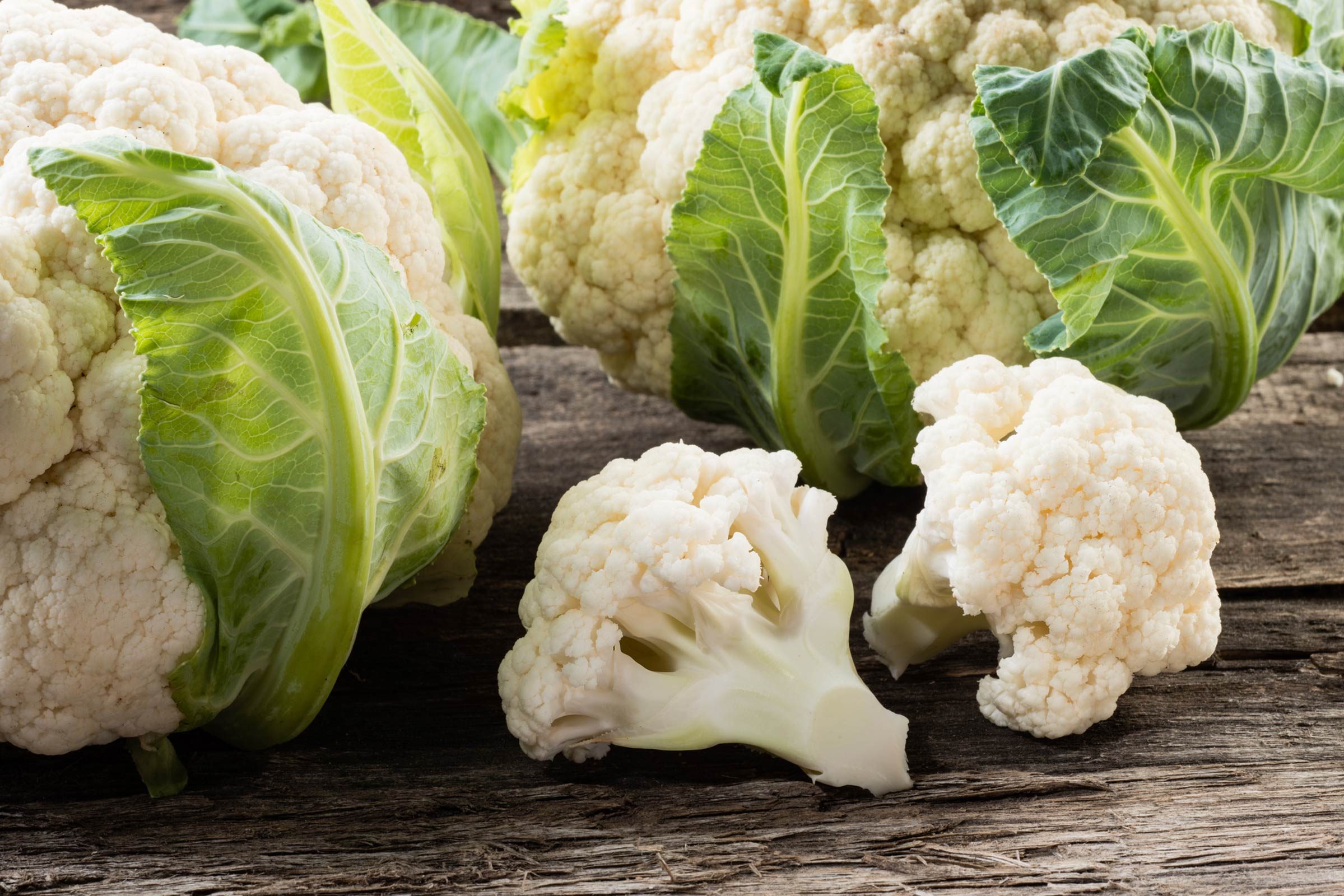
Cauliflower
Cauliflower has many similarities to its other colorful cruciferous cousin, broccoli. “Cauliflower is a great source of vitamin C, vitamin K, folate, and fiber,” says Silvia Delgado, MS, RD, at Kaiser Permanente’s Baldwin Park Medical Center in Southern California. Just one cup of this crunchy veggie provides 3/4 of daily recommended amounts for vitamin C. (These are other surprising foods high in vitamin C.) To preserve cauliflower’s nutrients, Delgado suggests steaming instead of boiling your cauliflower. Try adding turmeric, the bright orange spice in curry, to add flavor and antioxidants. Turmeric is good for your belly, too.
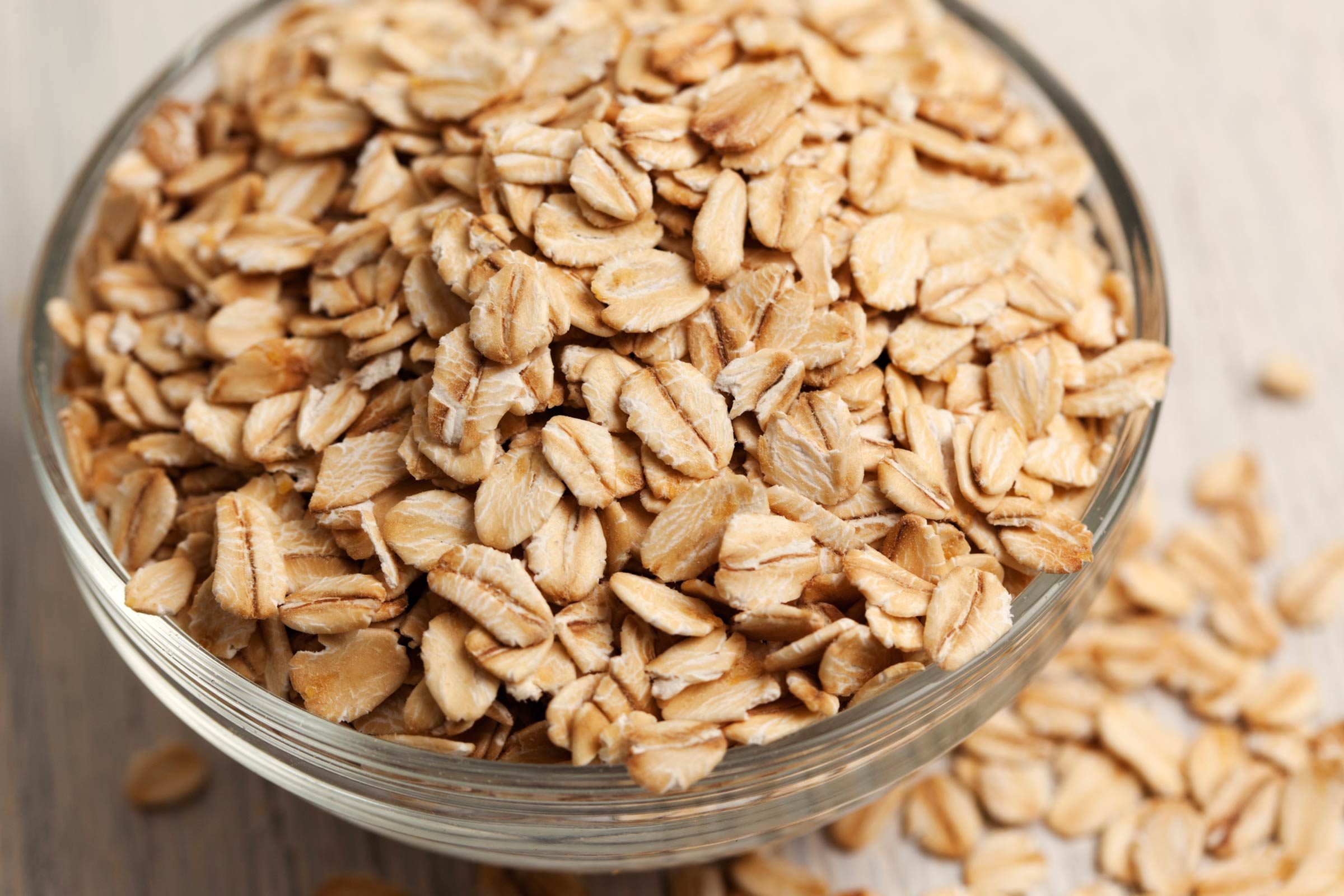
Oatmeal
There’s nothing flashy about oatmeal. But this modest bowl of creamy oats has a healthy sidekick you may not know about called soluble fiber. “Soluble fiber binds to the bad cholesterol in the blood stream and helps with elimination and lower cholesterol levels,” says Ficek. Since oatmeal is rich in fiber, its makes us feel fuller longer because the body works hard to digest it. “A high-fiber diet is well-established to reduce risk of certain gastrointestinal cancers, including colon cancer.” Try these tasty oatmeal toppers on your next bowl.
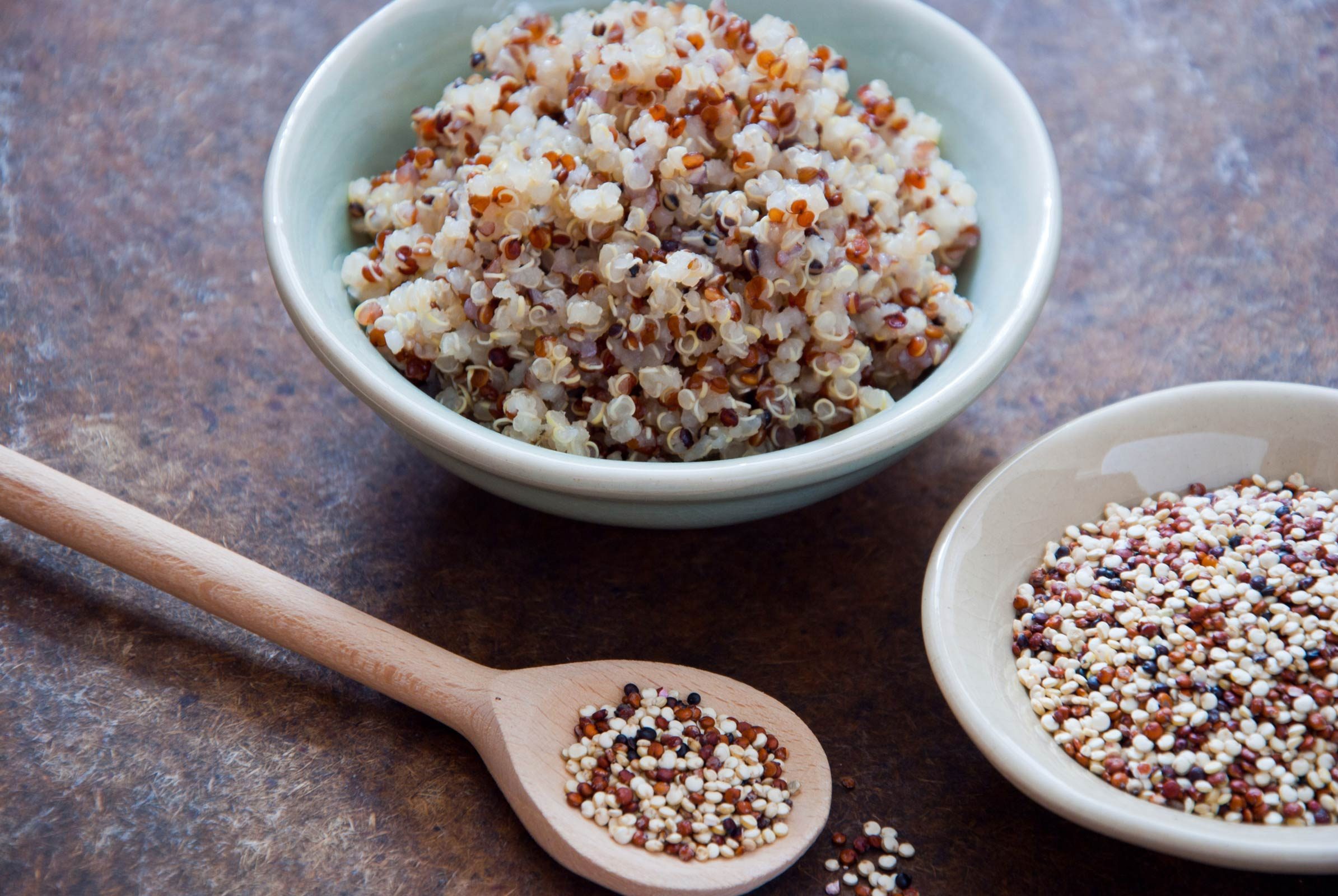
Quinoa
These little wonder grains of quinoa are among the most nutrient-dense foods you can eat, which means you get the most nutrients for the fewest amount of calories. It has fiber, vitamin E, calcium, potassium, magnesium, iron, and B vitamins. It is also one of the few plant foods considered a complete protein and comprised of all essential amino acids. “An abundance of anti-inflammatory phytonutrients are present in quinoa,” says Ficek. “Quinoa provides important vitamins and minerals, which protect against early aging and cancer.” It also provides healthy fats and can decrease inflammation, which is good for the heart.”
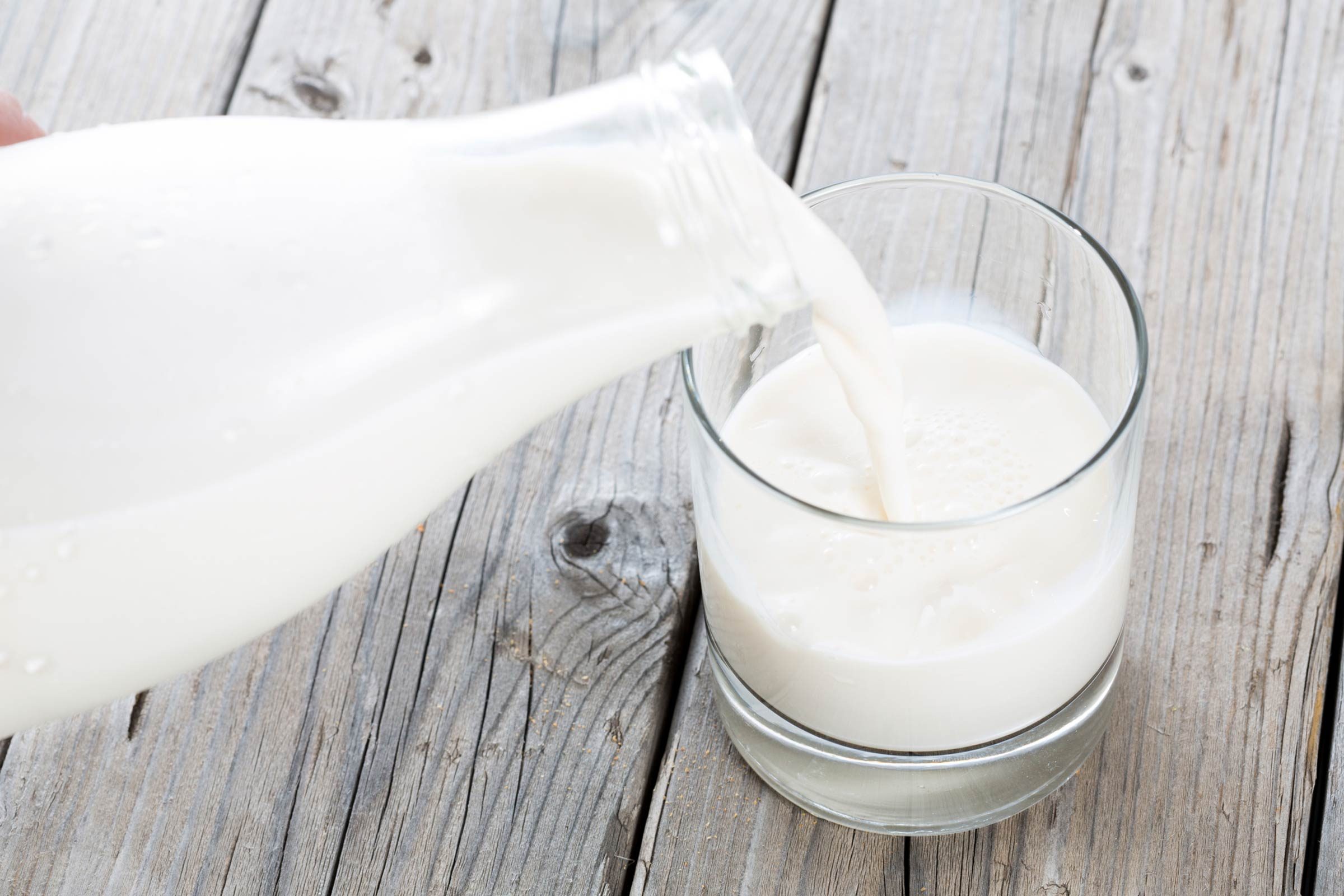
Milk
We know that milk is good for our bones because of its calcium, but moo juice can also help you sleep better at night. “Science now shows us that drinking a warm glass of milk will indeed help you sleep better,” says Ficek. “Dairy products are rich in the amino acid tryptophan, which helps in the production of the sleep inducing brain chemicals serotonin and melatonin. Calcium helps the brain use the amino acid tryptophan to manufacture the sleep-inducing substance melatonin.” In addition, the calcium and magnesium work together to calm to the body and help relax muscles. If you’re lacking in these sleepy time minerals, you could wake up after a few hours and have a hard time getting back to sleep. These are some dairy myths you can safely ignore.
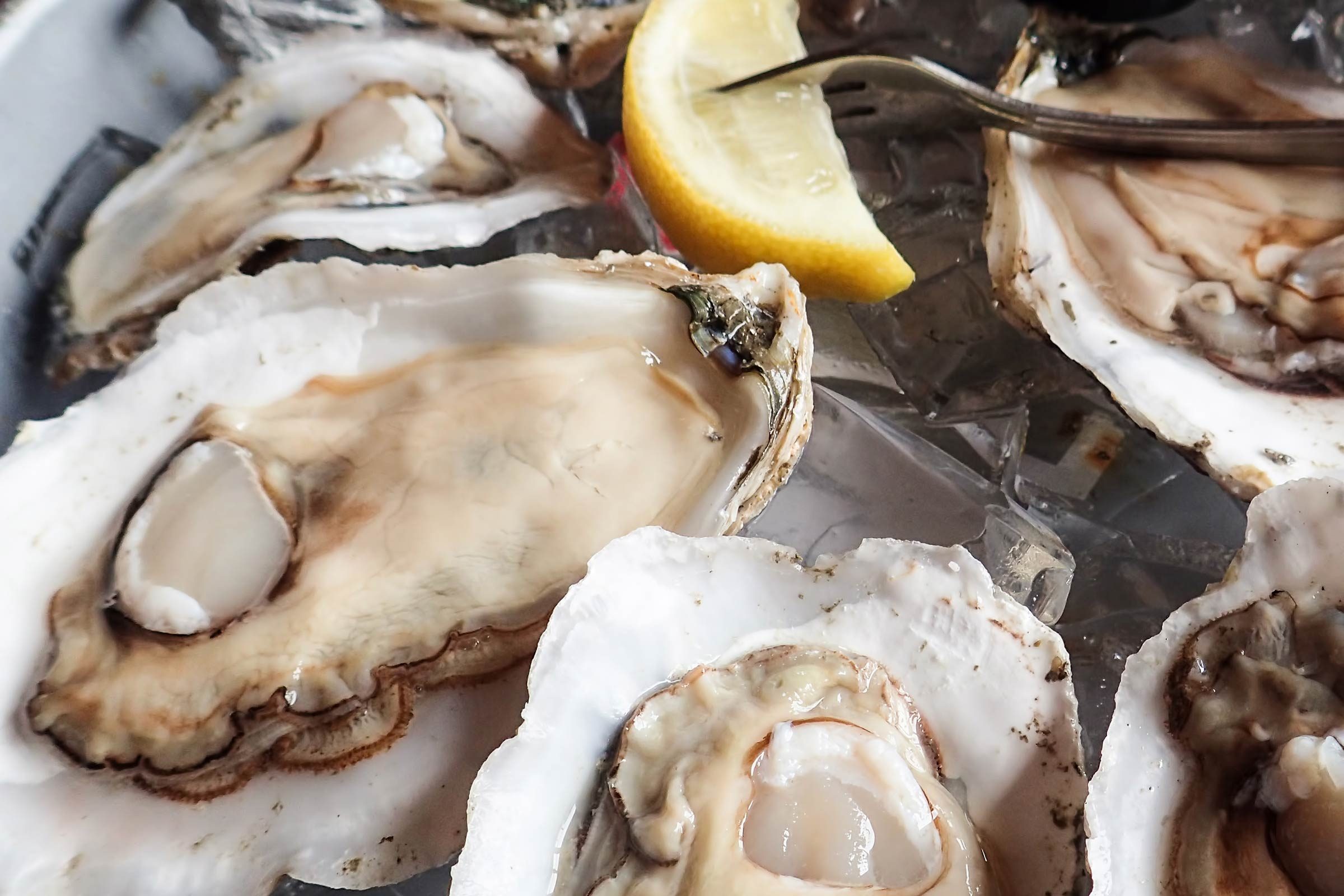
Oysters
If you’re a fan of sliding these guys back, we’ve got good news for you. “Oysters are one of the best sources of zinc available,” says Ficek. (These are signs you may not be getting enough zinc.) Oysters are also a good source of iron. Slide six of them back raw or cooked, and you get about a third of your daily recommended value of heme iron, which is more easily absorbed than non-heme iron. Don’t eat seafood? Here’s how to get enough iron when you’re a vegetarian.
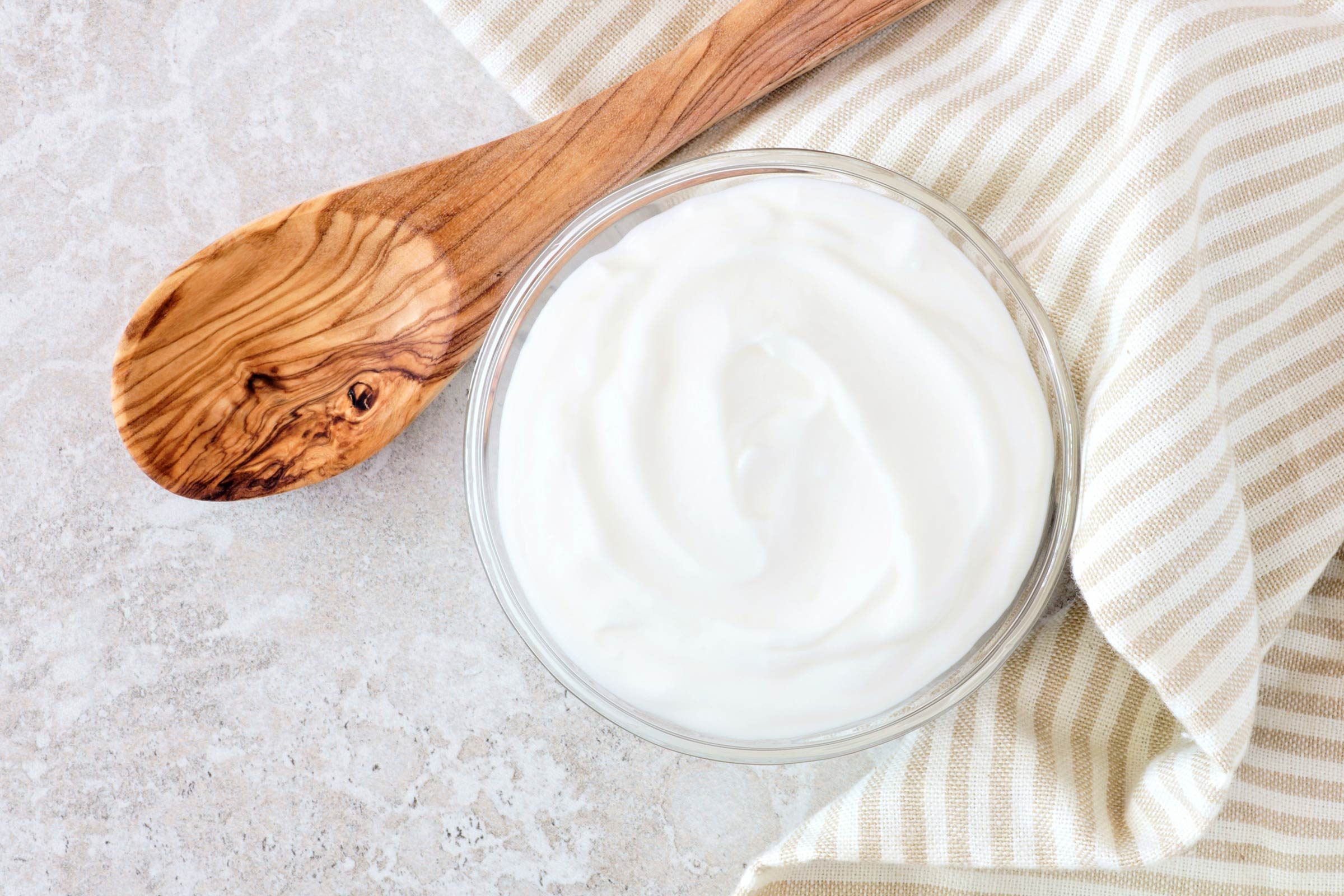
Greek yogurt
It’s all about gut health these days, and if you eat Greek yogurt, you’re not only getting twice the protein as regular yogurt, you’re also getting probiotics, the “healthy bacteria” for your gut. “Probiotics have shown promising results in its support of digestive health, diabetes control, and the immune system,” says Delgado. When you shop for Greek yogurt, looks for “live active cultures” on the label, and avoid added sugars. Try these savory recipes to cook with Greek yogurt.
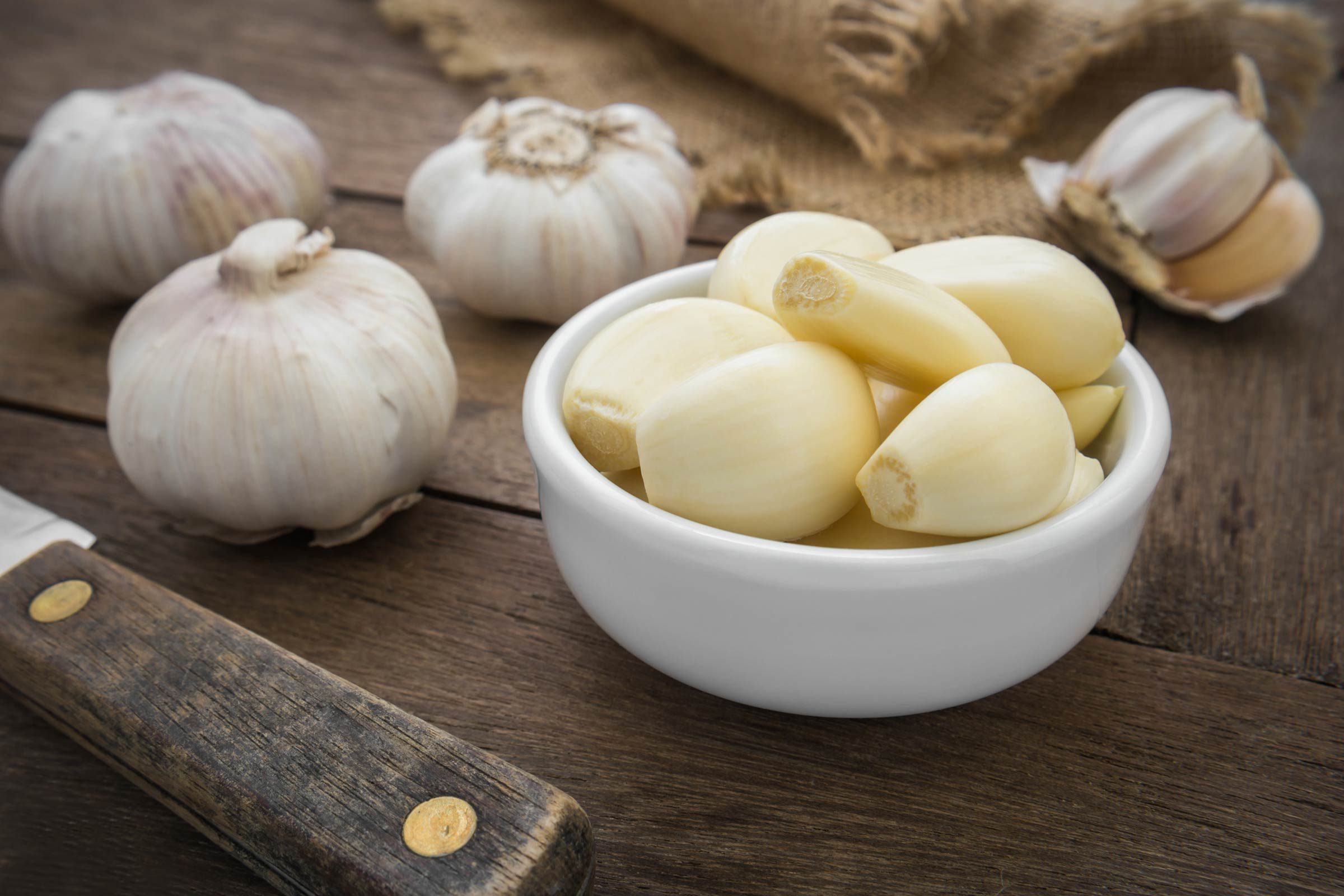
Garlic
Garlic has been used for centuries to ward off vampires, the bubonic plague, and even the common cold. “Modern science has studied science garlic’s effects on the immune system and gotten some promising results,” says Bobby Maknoon, RD, of of Bobby Maknoon Consulting in Astoria, New York.” Garlic gets its pungent smell from sulfurous compounds. Sulfurous compounds are thought to be responsible for garlic’s immunity-boosting powers. It’s thought that sulfurous compounds somehow support white blood cells.” Though research points to garlic shortening the length of a cold, you would probably have to take garlic supplements or highly concentrated amounts. Garlic’s compounds allicin and alliin may improve blood pressure and lower LDL cholesterol levels. To help maximize the activity of these good guys, make sure you let your chopped or sliced garlic sit for 10 minutes before cooking with it.
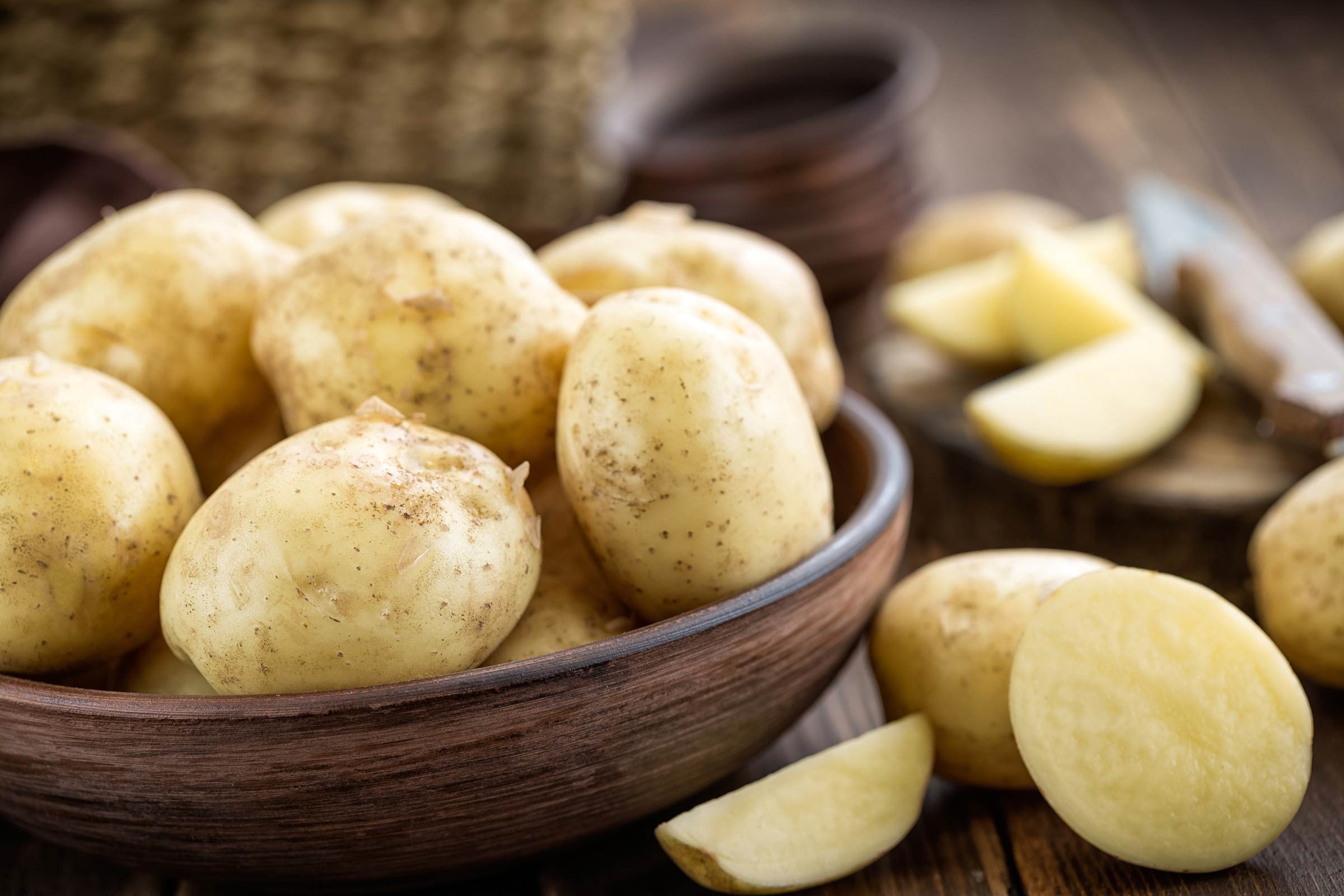
Potatoes
The white potato, a trusted staple for years, has been in the shadows of the popular sweet potato as of late. Potatoes are healthy as long as you leave the gravy boat in the china cabinet. A medium potato has over 4 grams of fiber, 70 percent of the daily recommended value of vitamin C, 30 percent of daily recommended value of vitamin B6, and only 163 calories. Try topping with Greek yogurt instead of sour cream for a hearty side dish.
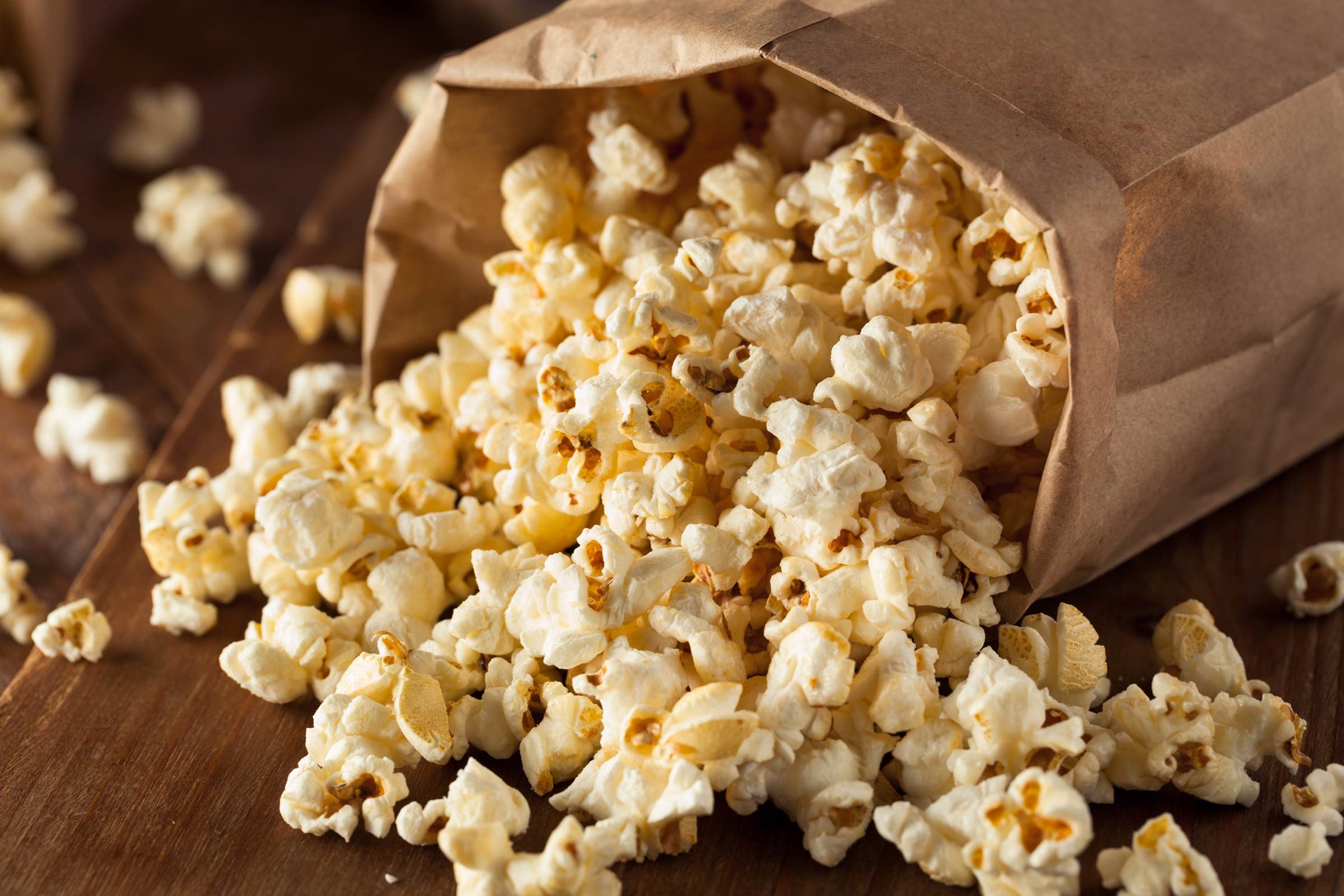
Popcorn
According to popcorn.org, air-popped popcorn has a mere 30 calories per cup; oil-popped popcorn has only 35 calories per cup. Even if you lightly butter it, you’re only looking at 80 calories per cup. If you eat three cups (that’s easy, right?), you’ll get a full serving of whole grains for the day. Meanwhile, store-bought microwave popcorn usually has a lot of additives and chemicalized butter flavoring. Instead, make your own microwave popcorn, or make popcorn on the stove. Buy the white kernels if you want a lighter and crispy texture. Yellow is chewier and tends to get stuck in your teeth more than white kernels.
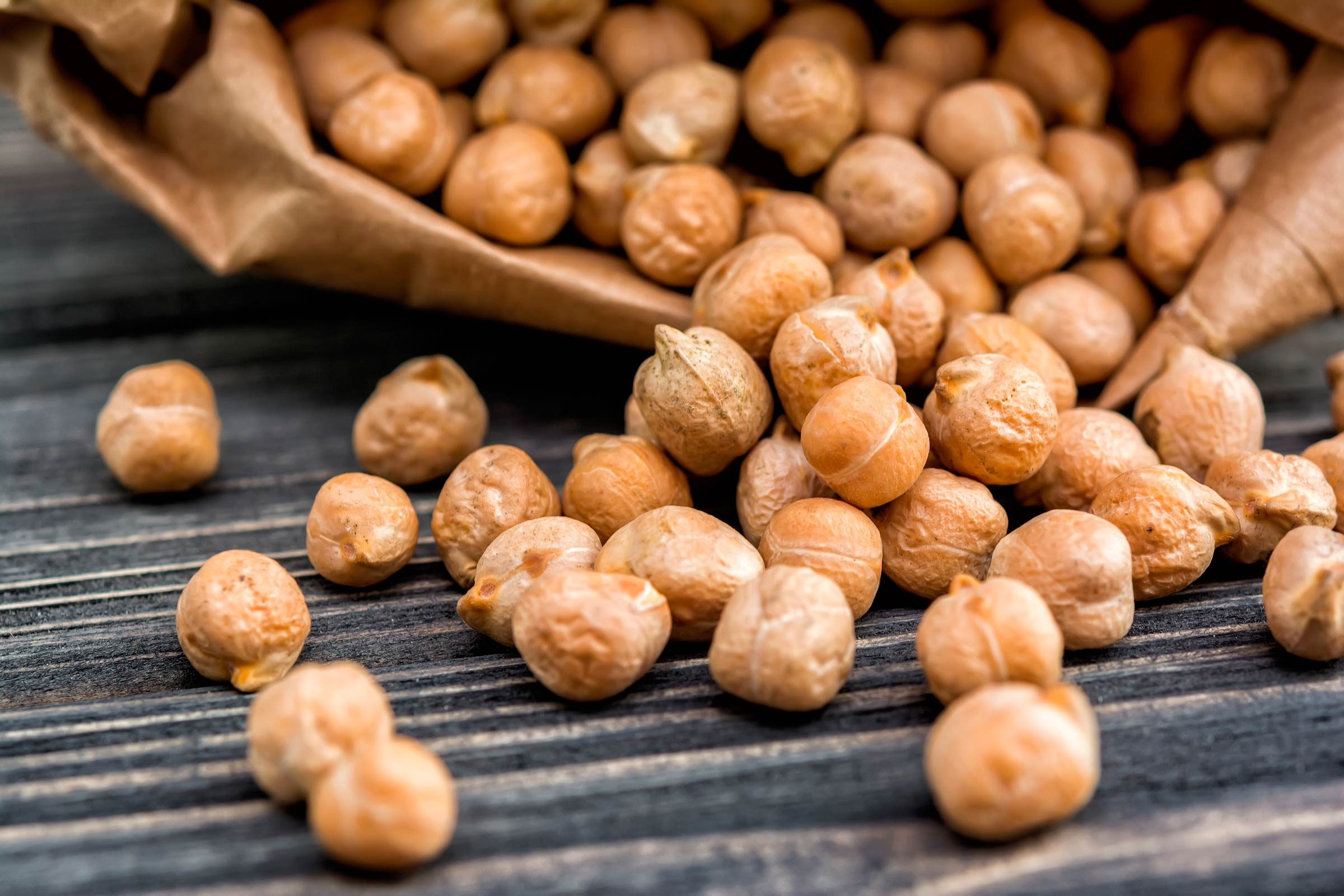
Garbanzo beans
Otherwise known as chickpeas, garbanzo beans are quite the trendy little legume right now. A cup provides 50 percent of the recommended dietary fiber for the day. “Fiber has been shown to help with blood sugar control, cholesterol control, and weight loss,” says Delgado. Chickpeas also promote the growth of healthy gut bacteria and are a great source of protein, magnesium, potassium, and iron. Just when you thought chickpeas couldn’t get any better, the liquid they float in called aquafaba is an egg substitute that can be whipped up into a fluffy meringue or used as an egg substitute in baking. Toss chickpeas in salads, roast them for a crunchy snacks, or puree them to make hummus.
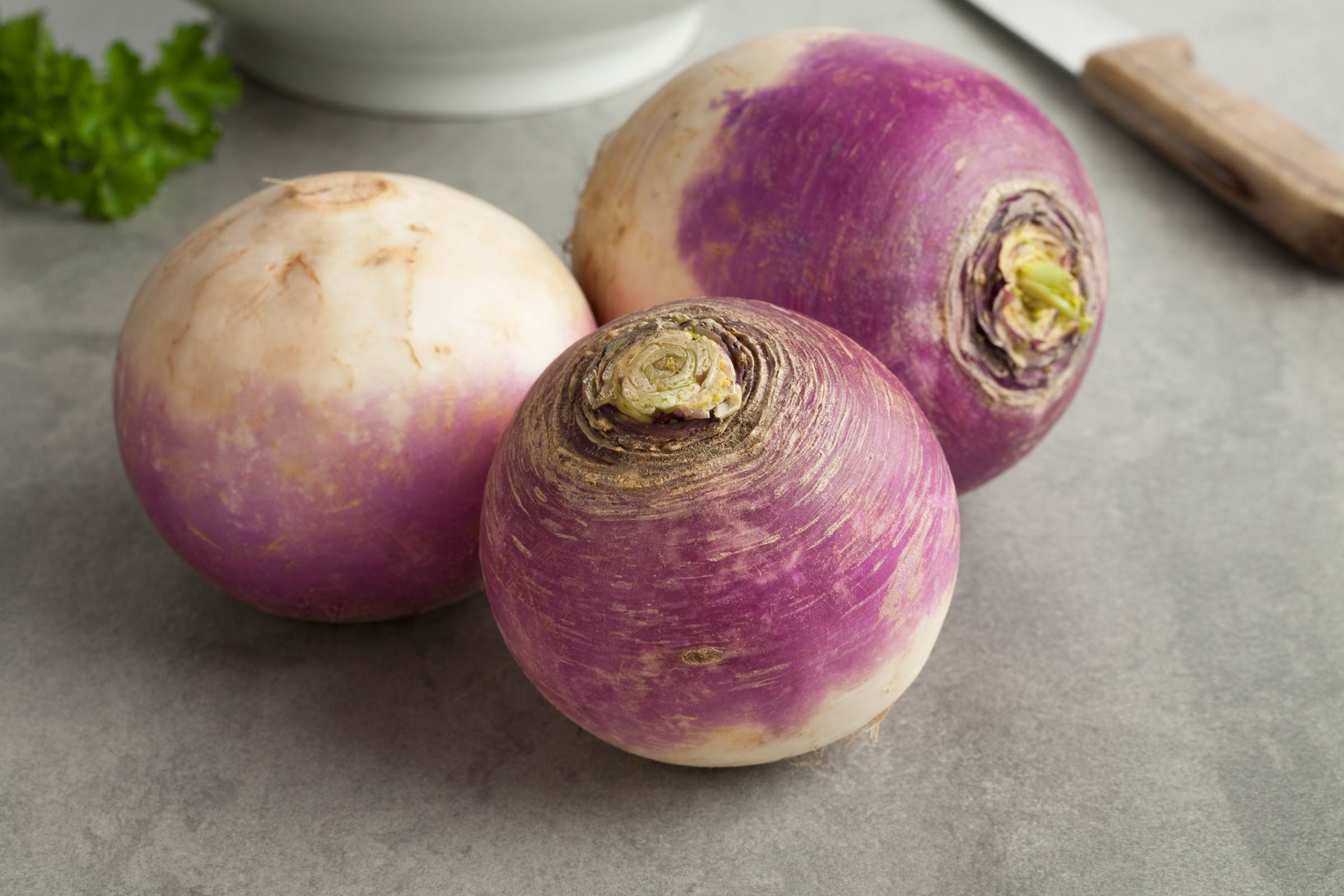
Turnips
Turnips have been flying under the radar in recent years, but these unpretentious veggies deserve consideration. First off, each cup is only 30 calories. Second, one cup contains 30 percent of your daily recommended vitamin C value. Third, “the green part of the plant is also edible and packed with its own nutritious benefits. So go ahead and include all parts of this healthy plant,” suggests Delgado. “Turnips add crunch and texture to your meals. Add them to salads, soup, curries, and stews.”
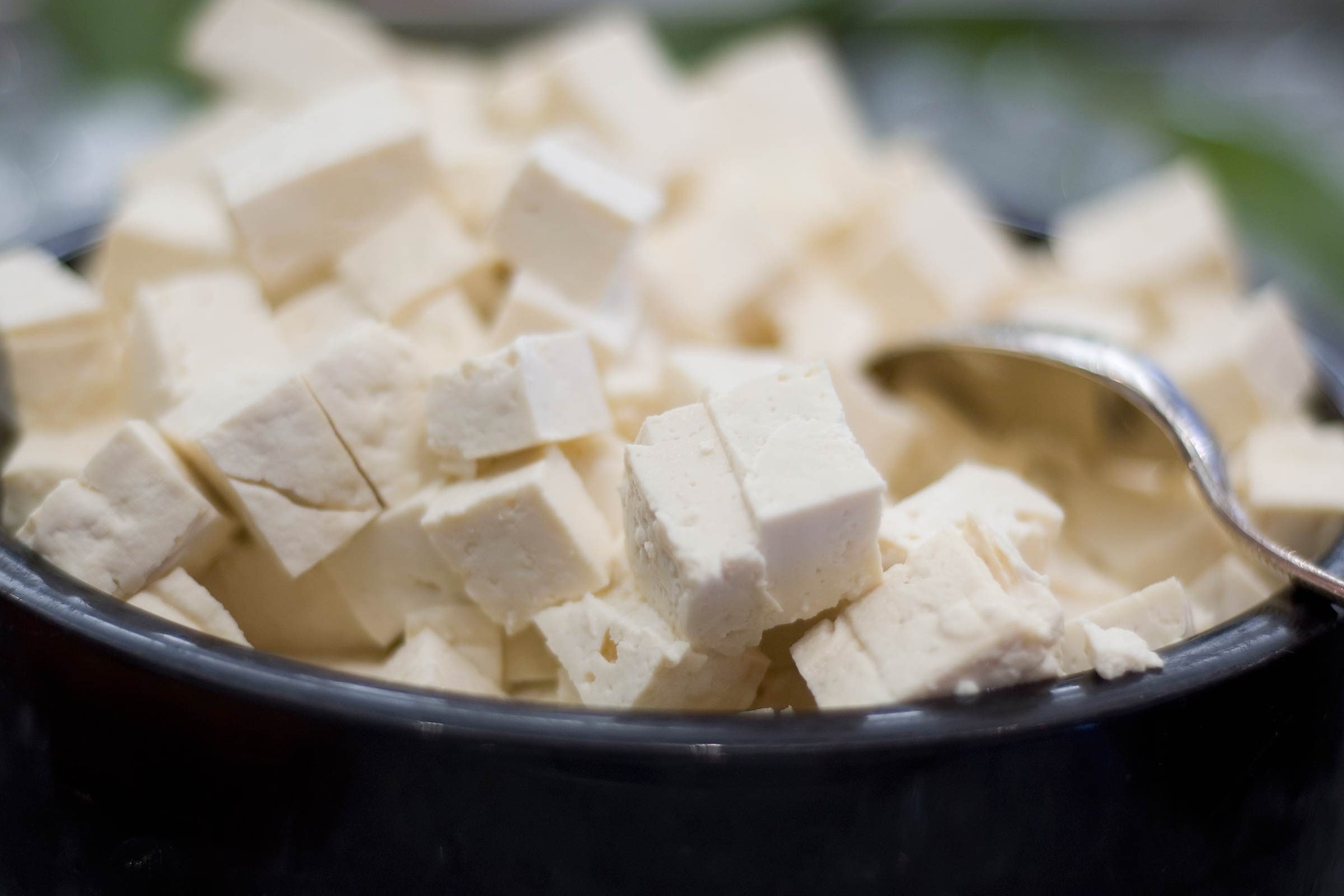
Tofu
If you’re trying to cut back on your cholesterol and saturated fat intake, tofu could fit the bill for your Meatless Monday. “Tofu is made from soybeans and has been associated in research with a decrease in risk of cancer,” says Delgado. When your buying tofu, look for organic, calcium-fortified tofu, which is also a good source selenium and omega-3s. Just four ounces of tofu contains 17 grams of protein. You may have heard of the fermented varieties before like tempeh, miso, or nato. “The fermentation process increases the digestibility and the nutrient absorption from tofu,” says Delgado. Soft tofu is best suited for sauces, dressings, or desserts, while firm tofu works best in stir-frying, baking, or grilling.
